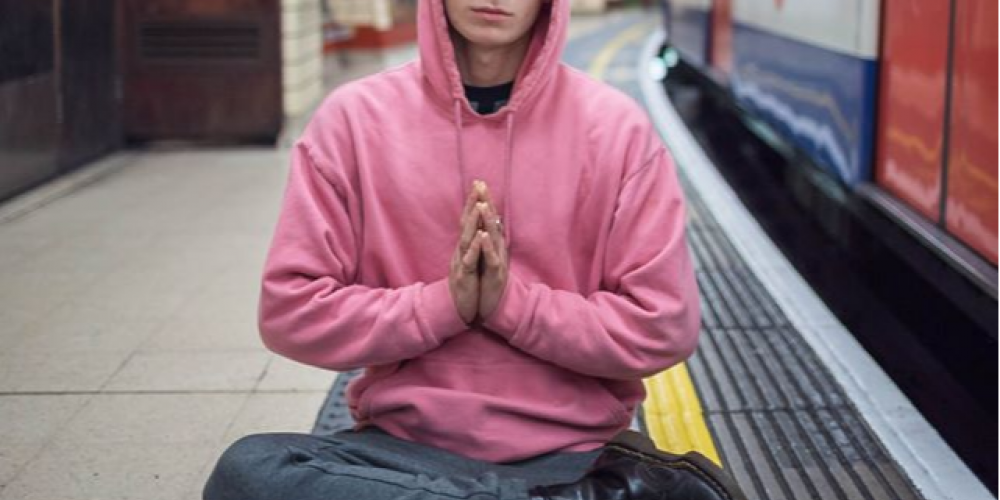Having taught languages at high school in the UK as a part time job to see her through university, Charlotta found that she had a talent and fascination with this age group, which has continued throughout her life. Here she talks of her transition from teaching languages to teaching yoga to teens.
How did you get into teaching for teens and why is it important to you?
I had been a language teacher for many years, and when I was asked to teach yoga in schools, it sounded easy and straightforward. The reality was far from easy! Teaching yoga to teens had a profound impact on both myself and the children. As my skill set developed, I came to realise how much pressure teenagers are under with everything from social pressure and body image, to relationships and finances, as well as of course performing well academically.
When my children were in primary school, I taught them yoga in situ, but as they grew older, I realised they needed a different approach, so my yoga teaching took a parallel track to my motherhood - learning how to communicate, how to guide, how to support and feel compassion during a time which in many cultures is a dark period of alienation and "going at it alone”. I have, with joy, noticed how my boys’ friends have turned to me and I have been able to find that special balance between guide and listener, which in so many cases is absent in their lives. It has enriched my experience as a mother, a woman and a teacher in immeasurable ways. This age group continues to fascinate me and as I still have at least 5 more years of it in my household, I hope that it will continue to do so. I think the main reason why this age group fascinates and scares so many of us is because it is an age where we created an identity and a persona and experienced very little support and sometimes a great deal of trauma which in many cases has not been healed or properly understood.
Tell us more about yoga for teenagers. What are the aims of yoga for teens?
The main aim of yoga and mindfulness for teens is to give young adults a toolkit of useful ways to enhance their experience of life. For example, how do they deal with stress, anxiety, depression, relationship difficulties, goals and the outside world. As we come in so early, there are some specific things we need to think about, particularly when it comes to the brain development but also anatomically. So the aim is to furnish the teen with skills to become truly independent, even from the conditioning that has been passed down through generations, so as to be able to open up to a new way of seeing life and the world, from a perspective of peace and compassion.
The benefits of these techniques that have been reported on in the research that we conduct have been: enhanced relationships with family and friends, better grades at school, more enjoyable times at school, better quality of sleep and less hormonal problems. Yoga has an all round balancing effect, allowing the young person to experience for themselves the impact of Sattwa (purity, respect and balance) on their lives until they are naturally drawn to it in all areas. As their ability to withdraw the senses becomes standard, they realise they have control over the way they see and experience life - a most empowering life skill.
There has also been some insight recently in the new age world that this generation of children are more in tune, more sensitive and more attuned to higher vibrations than ever before, I don’t know too much about this, but find it fascinating and would like to go into the topic further. I have certainly noticed a big change in the attitude to yoga among young people and schools today than when I started 20 years ago. There are many more schools who are willing to embrace yoga to help with attitude, attainment and behaviour of the pupils.
What are your favourite yoga postures to teach teenagers?
Ha. It can vary greatly from group to group. Some groups are really into relaxation and from November until February all they want to do is lie down and relax, in yoga nidra, body scans and visualisations. Fifteen year old athletic boys often like to practise arm balances and this really gets them interested and keen on yoga. Some of them come from street dance and others have spent hours in the gym and look forward to using their pecs and biceps that they have developed so lovingly in recent years!
Many young girls don’t believe that the arm balances are for them so they find themselves empowered and excited when they realise that they can manage them too and it can be very liberating. Sometimes I have a job stopping myself from going straight for the really tricky arm balances, as they are both keen and strong. They also remember playtime in Primary school where handstands and shoulder stands were part of the gym class.

